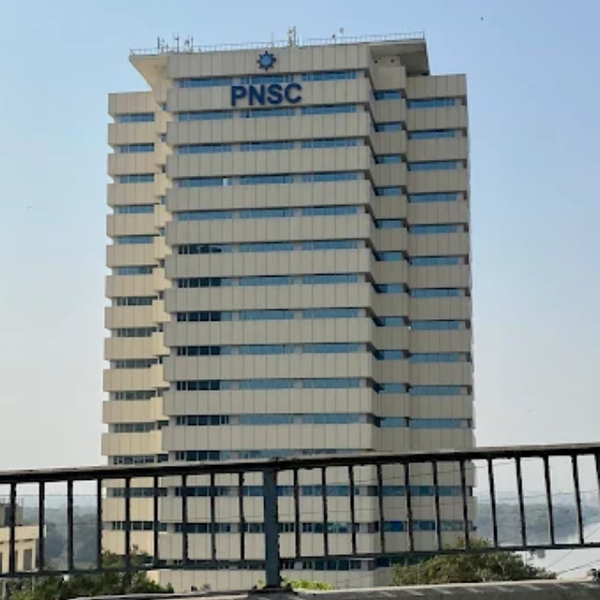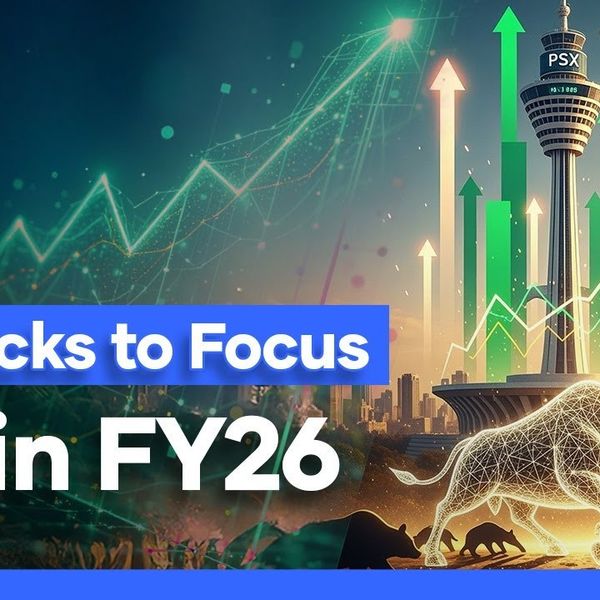Moody's upgrades Pakistan's rating to Caa1
The credit outlook has also been revised to stable from positive

Haris Zamir
Business Editor
Experience of almost 33 years where started the journey of financial journalism from Business Recorder in 1992. From 2006 onwards attached with Television Media worked at Sun Tv, Dawn Tv, Geo Tv and Dunya Tv. During the period also worked as a stringer for Bloomberg for seven years and Dow Jones for five years. Also wrote articles for several highly acclaimed periodicals like the Newsline, Pakistan Gulf Economist and Money Matters (The News publications)

Moody’s Ratings on Wednesday upgraded Pakistan’s local and foreign currency credit ratings to Caa1 from Caa2, citing improving external buffers, fiscal consolidation, and progress on reforms under the IMF program. The credit outlook has also been revised to stable from positive.
The upgrade reflects growing confidence in Pakistan’s ability to manage external debt repayments, shore up foreign exchange reserves, and broaden its tax base, despite continued political uncertainty and weak governance.
“This rating action acknowledges the government’s progress in stabilizing its external position and implementing structural reforms, particularly under the Extended Fund Facility (EFF) with the International Monetary Fund,” Moody’s said in a statement.
Pakistan’s foreign exchange reserves rose to $14.3 billion as of July 25, up from $9.4 billion a year earlier and nearly triple the level recorded at the end of June 2023. The country successfully completed the first IMF program review in May, unlocking $1 billion in funding, followed by an additional $1 billion commercial loan in June, backed by a $500 million Asian Development Bank (ADB) guarantee.
Debt servicing relief, tax reforms aid fiscal outlook
Moody’s also noted improvements in Pakistan’s fiscal outlook. Government revenues climbed to 16% of GDP in FY2025, up from 12.6% in FY2024, aided by tax reforms and stronger enforcement. Pakistan saw a sharp drop in interest payments, down PKR 1 trillion in FY2025, with a similar reduction expected this year.
While the fiscal deficit is expected to narrow to 4.5-5% of GDP in FY2026, Moody’s flagged that debt servicing will still consume around 40-45% of revenue, down from 60% in FY2024 but still among the weakest globally.
Recent tax measures, including new levies on agriculture, small vehicles, solar panels, and e-commerce, are projected to boost tax revenue by an additional 0.5% of GDP in FY2026. However, the government will see a dip in non-tax revenue due to the end of one-off central bank dividends.
Stable outlook
Moody’s stable outlook reflects balanced risks to Pakistan’s credit profile. On the upside, continued reform momentum, better-than-expected improvements in debt affordability, and stronger foreign exchange reserves could drive further upgrades.
However, Moody’s warned that any slippage in reform implementation, delays in IMF reviews, or withdrawal of support from official partners could undermine Pakistan’s external position and financing capacity.
“The government formed after the February 2024 elections faces a significant challenge in sustaining politically sensitive revenue-raising measures without triggering social unrest,” the agency said.
Moody’s also upgraded the ratings of the Pakistan Global Sukuk Programme Co Ltd—a financing vehicle used by the government—mirroring the sovereign’s Caa1 rating and stable outlook.
Ceiling revisions reflect risks in policy and capital flows
Pakistan’s local and foreign currency country ceilings were raised to B2 and Caa1, respectively. Moody’s cited the government’s outsized role in the economy, institutional weaknesses, incomplete capital account convertibility, and risks of currency transfer restrictions as reasons for maintaining a two-notch gap between ceilings and sovereign ratings.
Moody’s flagged very high environmental and social vulnerability, noting risks from water scarcity, extreme weather events, and widespread poverty. The agency maintained low governance scores, though it acknowledged slight improvements in fiscal and policy coordination.
Pakistan’s GDP per capita (PPP) stood at $6,724 in 2024, with real GDP growth of 2.5% and inflation at 12.6%.
What could trigger future changes
- Upgrade Triggers: A faster-than-expected buildup in foreign reserves, substantial tax base expansion, and better debt affordability.
- Downgrade Triggers: Renewed liquidity pressure, loss of financing support, social instability, or reform setbacks.







Comments
See what people are discussing